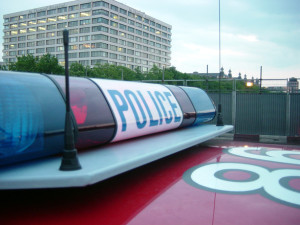 In a recent case – Commonwealth v. Jones – the Supreme Judicial Court reversed the denial of the Commonwealth’s motion to compel the defendant to enter his cell phone’s password into the device in order to enable the police to search its contents.
In a recent case – Commonwealth v. Jones – the Supreme Judicial Court reversed the denial of the Commonwealth’s motion to compel the defendant to enter his cell phone’s password into the device in order to enable the police to search its contents.
The background was as follows. “A grand jury returned indictments charging the defendant … with trafficking a person [Sara] for sexual servitude … and deriving support from the earnings of a prostitute…. At the time of his arrest, the Commonwealth seized [an LG brand] cell phone from the defendant. During its investigation of the defendant, the Commonwealth [received] information leading it to believe that the contents of the cell phone included material and inculpatory evidence.” Specifically, (1) Sara told the police that she regularly communicated with the defendant by contacting the LG phone; and (2) one month prior to his arrest, the defendant made a “statement to police [in connection with a different matter] characterizing the LG phone’s telephone number as his telephone number.” The Commonwealth procured a warrant to search the cell phone. The search warrant [could not] be executed, however, as the Commonwealth was … unable to [gain access to] the cell phone’s contents because they [were] encrypted. The contents [could] only be decrypted with the entry of a password.” The Commonwealth filed a motion to compel the defendant to decrypt the cell phone by entering the password into the device. “The central legal issue [in the motion] concerned whether compelling the defendant to enter the password [into] the cell phone would violate his privilege against self-incrimination guaranteed by both the Fifth Amendment to the United States Constitution and art. 12 of the Massachusetts Declaration of Rights. The Commonwealth argued that under [the SJC’s] decision in Commonwealth v. Gelfgatt, 468 Mass. 512 (2014), the act of entering the password would not amount to self-incrimination because the defendant’s knowledge of the password was already known to the Commonwealth, and was therefore a ‘foregone conclusion’…. [The] judge denied the Commonwealth’s motion, concluding that the Commonwealth had not proved that the defendant’s knowledge of the password was a foregone conclusion…. Several months later, the Commonwealth renewed its motion and included additional factual information that it had not set forth in its initial motion. The judge denied the renewed motion.” The Commonwealth then filed a petition for relief pursuant to G.L. c.211, §3, which the single justice reserved and reported to the full SJC. “The single justice asked the parties to address three specific issues,” two of which were “What is the burden of proof that the Commonwealth bears on a motion like this in order to establish a ‘foregone conclusion,’ as that term is used in Commonwealth v. Gelfgatt?” and “Did the Commonwealth meet its burden of proof in this case?”
 Massachusetts Criminal Lawyer Blog
Massachusetts Criminal Lawyer Blog









